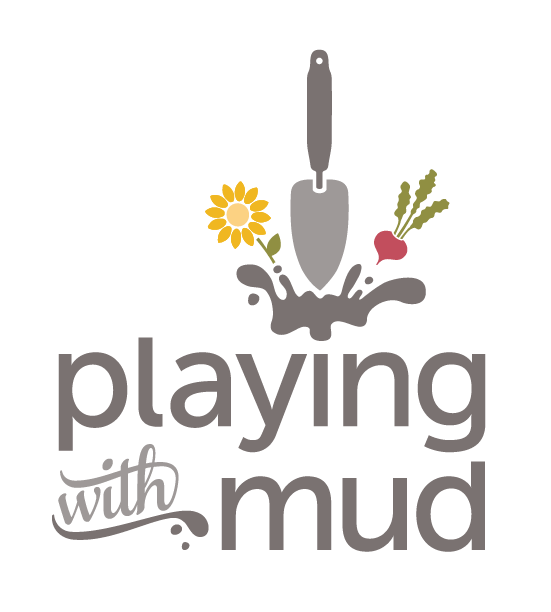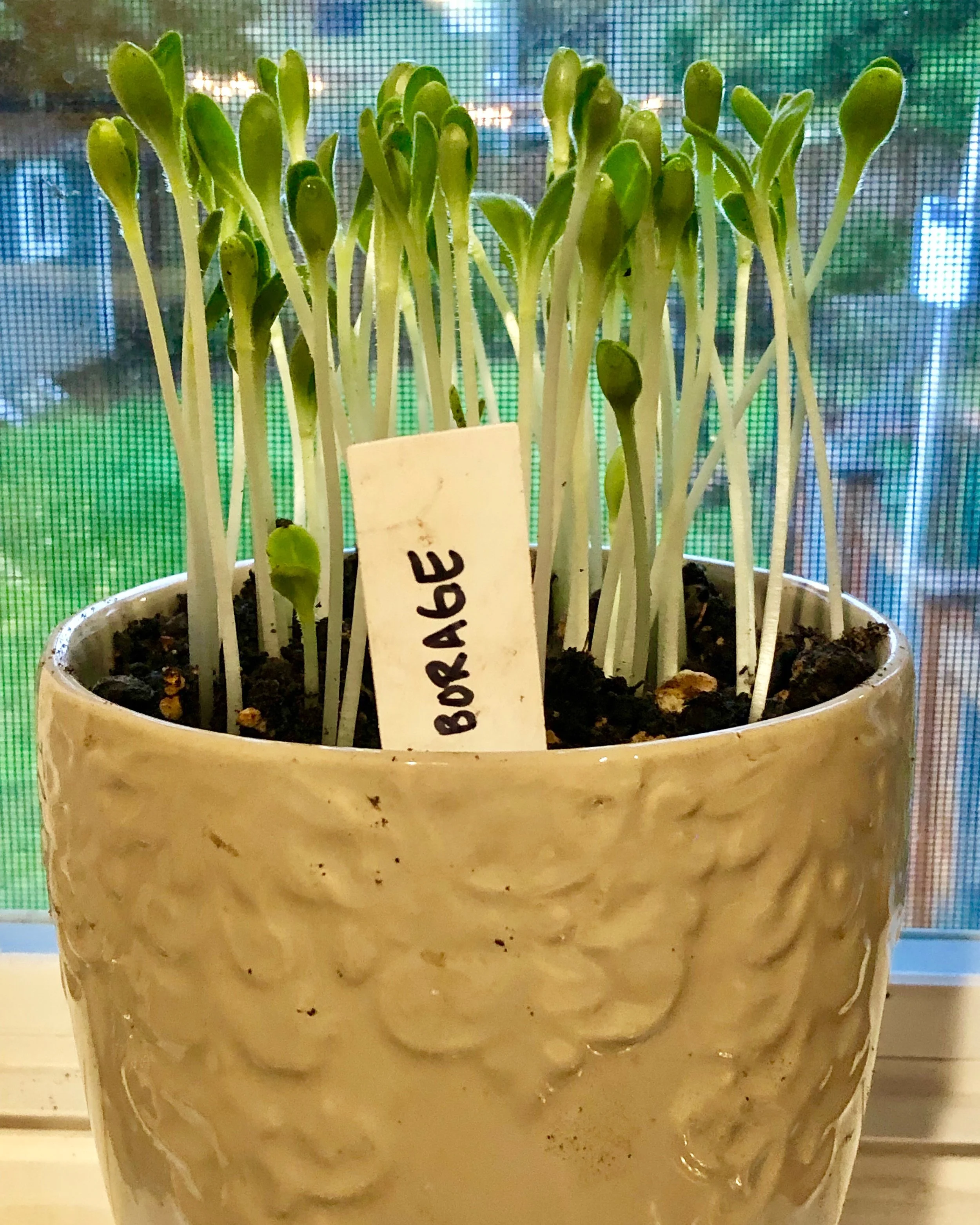Companion Planting
/Companion planting has become one of my favorite aspects of gardening. Through research and my own experiments, I continually learn something new about plants, growing, and soil. It brings a fun challenge to designing and planning the garden spaces. And, it supports my commitment to finding natural, organic ways to garden.
Although it can be used for all plants, it is especially helpful for edible gardens. Companion planting is a method that puts plants that like each other near one another in the garden and those that are incompatible away from each other. It creates natural ways to repel and deter unwanted pests, attracts helpful pollinators, supports flavor and growth, and creates healthy soil. Sorting out which plants will be planted next to each other in the garden is like putting together a puzzle for each garden and for every growing season.
In small backyards and edible gardens, like mine, creating enough space for the laundry list of plants I want to grow is a constant challenge, which can end up in an over-packed garden that becomes an attractive place for unwanted of pests to fill their bellies, make their homes, and lay their eggs. Although that sounds like a fun ecosystem, it is generally not one I want because it means chewed up leaves, infested tomatoes, and tunnels through the middle of root crops. When this happens I usually become desperate, frustrated, and the best damn researcher as I investigate natural ways to get rid of cabbage worms or consider purchasing a loveliness of ladybugs to feast on the aphids (yes, a group of ladybugs is called a “loveliness”!).
Critters and bugs in the garden can be a great sign, it means that the garden is healthy and producing plants that look tasty and soil that is fun to plow through. However, ensuring the right kind of critters are showing up and that pests aren’t outnumbering the plants, can make a big difference. Companion planting is a natural method that can help create a happy, balanced environment that keeps the soil healthy, attracts pollinators and beneficial insects, keeps weeds out, and encourages pests to find somewhere else to hang out.
Overtime I have created a companion planting chart which continues to evolve as I continue to learn through my own gardening adventures and research. There are many great resources on companion planting that you can find online, in books, through gardening communities, or at your local nurseries. I have provided links to some of my favorites on the chart.
If you find the chart a bit overwhelming to start with (it’s a long list!), I have highlighted a few of my favorite companion plants that I include in my garden every year. The plants below are some of the first crops I incorporated in my garden when learning about companion planting and have now become regular residents because of the benefits I have found in each one of them. These can be a great place to start!
Marigold: These are all around great companion plant in the garden as they repel beetles, tomato worm, unwanted nematodes, and cabbage worms. They attract beneficial insects and pollinators and can support the growth of plants in the cabbage family, tomatoes, squash, cucumbers, and squash. Marigolds act as a natural pesticide and are good scattered throughout the garden or acting like a border plant.
Sage: Like marigolds, sage is an all-around great companion plant for the garden and can be grown as annuals or perennials. Sage repels cabbage moth, carrot rust fly, and beetles. It attracts pollinators and can support the growth of plants in the cabbage family, carrots, bean, rosemary, and strawberry. I like to plant this intermittently throughout the garden and late into the summer pick the leaves to dry.
Chive: I have yet to find a plant that does not get along with chives. I have read that beans and peas generally do not like chives, but I have planted them near each other and not yet had an issue. Chives are great garden companions, are perennials, and grow back quickly after cut. They repel aphids, carrot rust fly, and Japanese beetle. They improve the flavor of plants, like tomatoes and celery, and supports the growth of carrots, brassicas, and strawberries. I like to let these go to flower and am learning different culinary uses for their edible flowers!
If you are interested in learning more about companion plants you can view the chart below or click to view and download it. Companion planting is one of my favorite parts of planning my garden, I hope you find the fun, challenge, and benefits of it too!






























